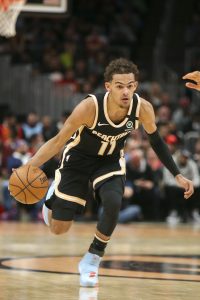No-trade clauses are rare in the NBA, and they’ve become even rarer in recent years. To be eligible to negotiate a no-trade clause, a player must have at least eight years of NBA experience and four years with his current team. Even if a player qualifies, his team is unlikely to restrict its flexibility by including a no-trade clause in his deal.
Still, even though there’s not a single NBA player with an explicit no-trade clause in his contract at the moment, there are several who will have the ability to veto trades in 2020/21.
A player who re-signs with his previous team on a one-year contract – or a two-year deal with an option year – is given no-trade protection. So is a player who signs an offer sheet and has that offer matched by his previous team. Players who accept one-year qualifying offers after their rookie contracts expire also receive veto power.
So far, only has met either the second or third of those guidelines in 2020/21, but there are many more who have met the first one. Here are the players who must give their consent if their teams want to trade them during the ’20/21 league year:
No-trade clauses:
- None
Players whose offer sheets were matched:
- None
Players accepting qualifying offers:
- Denzel Valentine (Bulls)
Players re-signing for one year (or two years, with a second-year player/team option):
- Carmelo Anthony (Trail Blazers)
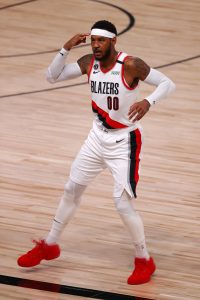
- Bismack Biyombo (Hornets)
- Willie Cauley-Stein (Mavericks)
- Matthew Dellavedova (Cavaliers)
- Goran Dragic (Heat)
- Jared Dudley (Lakers)
- James Ennis (Magic)
- Taj Gibson (Knicks)
- Udonis Haslem (Heat)
- Reggie Jackson (Clippers)
- DaQuan Jeffries (Kings)
- Tyler Johnson (Nets)
- Meyers Leonard (Heat): Traded
- Paul Millsap (Nuggets)
- Markieff Morris (Lakers)
- Patrick Patterson (Clippers)
- Elfrid Payton (Knicks)
- JaKarr Sampson (Pacers)
If any player who re-signed for one year approves a trade during the 2020/21 league year, he’ll have Non-Bird rights at season’s end instead of Early Bird or full Bird rights. That’s what happened to James Ennis last season — he would have had Early Bird rights at season’s end if he hadn’t approved a trade from Philadelphia to Orlando. In order to re-sign him this summer, the Magic had to use part of their mid-level exception, since his Non-Bird rights weren’t enough for his raise to $3.3MM.
Any player who consents to a trade will retain his veto ability on his new team, and would have to approve a subsequent deal as well.
Information from ESPN’s Bobby Marks was used in the creation of this post. Photo courtesy of USA Today Sports Images.

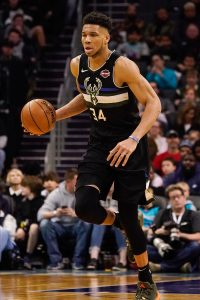 However, we’ll still waiting for news on the biggest contract question of the NBA offseason: Will
However, we’ll still waiting for news on the biggest contract question of the NBA offseason: Will 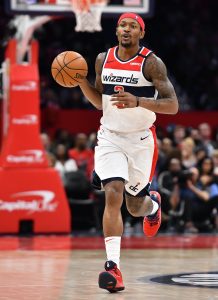 Washington Wizards:
Washington Wizards: 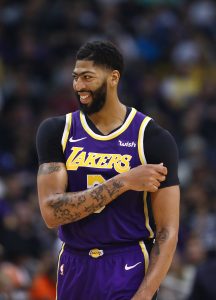
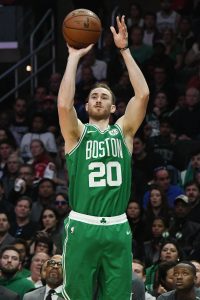
 Erik Spoelstra, Heat: April 2008
Erik Spoelstra, Heat: April 2008